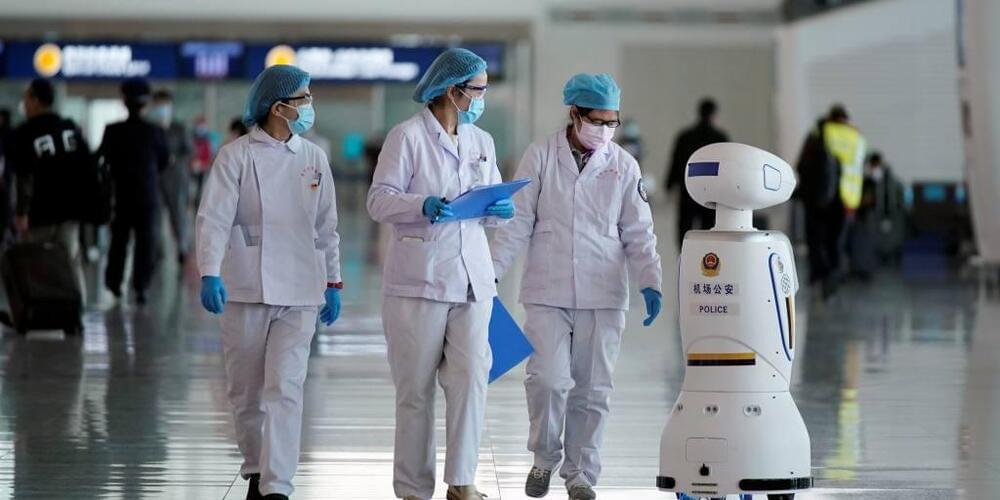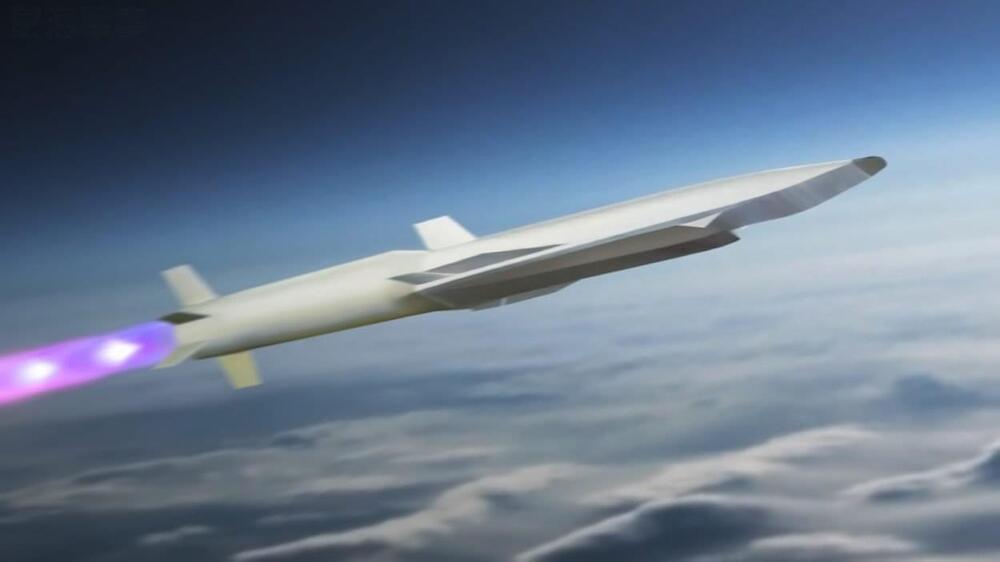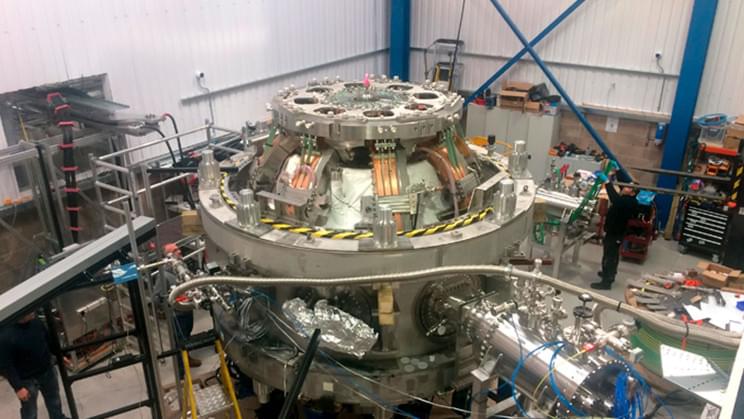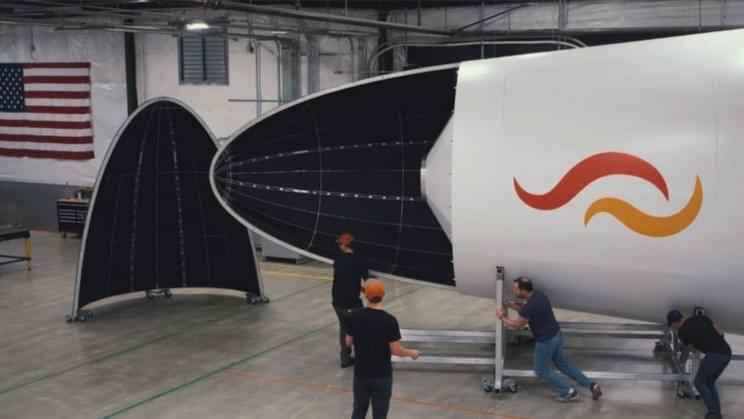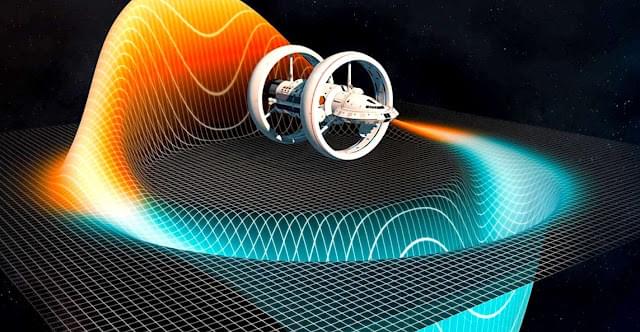2021 was an eventful year for AI. With the advent of new techniques, robust systems that can understand the relationships not only between words but words and photos, videos, and audio became possible. At the same time, policymakers — growing increasingly wary of AI’s potential harm — proposed rules aimed at mitigating the worst of AI’s effects, including discrimination.
Meanwhile, AI research labs — while signaling their adherence to “responsible AI” — rushed to commercialize their work, either under pressure from corporate parents or investors. But in a bright spot, organizations ranging from the U.S. National Institutes of Standards and Technology (NIST) to the United Nations released guidelines laying the groundwork for more explainable AI, emphasizing the need to move away from “black-box” systems in favor of those whose reasoning is transparent.
As for what 2022 might hold, the renewed focus on data engineering — designing the datasets used to train, test, and benchmark AI systems — that emerged in 2021 seems poised to remain strong. Innovations in AI accelerator hardware are another shoo-in for the year to come, as is a climb in the uptake of AI in the enterprise.

